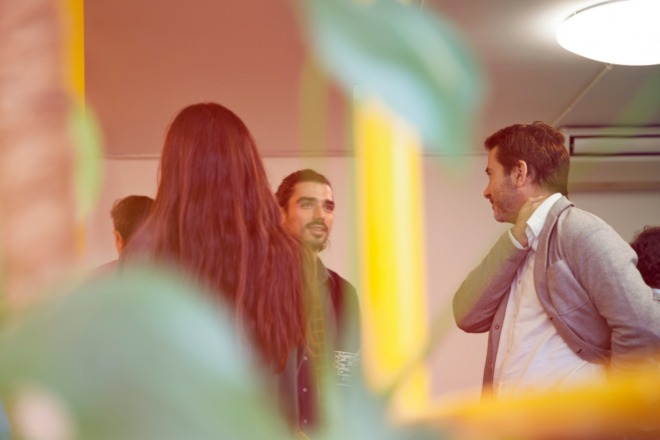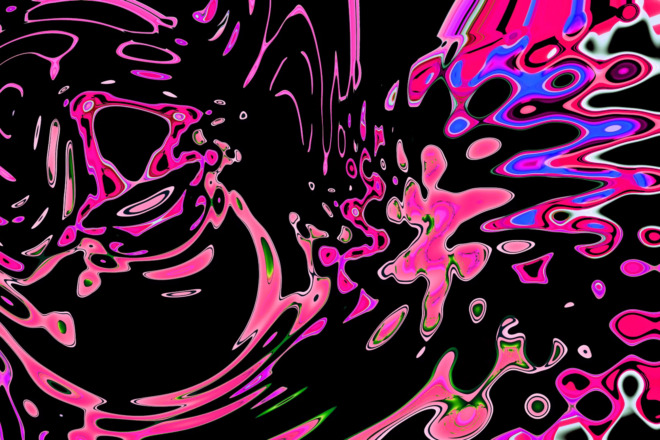Everyone starting a small business looks for inspiration somewhere. Amateur and professional company and productivity gurus lace the internet with countless tidbits of information on how to visualize and manifest your vision. The concepts of mood boards and vision boards may sound familiar if you’ve perused this niche of small business.
However, they have distinctions regarding their purpose and execution that are vital for entrepreneurs to know, so they get the most out of the experience. Do these inspirational “hacks” work, and how can aspiring business owners create their boards if so?
What Are Mood Boards and Vision Boards?
A vision board visually represents the creator’s goals and aspirations. They usually take the form of a physical or digital collage-style board, containing photos, quotes, and keywords the creator wants to manifest in their life. People can make vision boards for personal or professional purposes. They serve as a grounding mechanism to promote self-reflection and living a life abiding by values that add to the creator’s dream life.
Vision boards are comprehensive, usually embracing long-term objectives. Because the contents consistently stimulate viewers, they will adjust actions and choices within the business to make even the slightest moves toward that larger mission over time.
Mood board makers craft them similarly to a vision board, but they’re more specific. The mood board is a visual compilation of inspirational images, text, and objects to guide a project or objective. The contents will examine how something like a website or graphic design assignment will look and feel upon completion.
Mood boards aren’t just for designers. They can express a visual, brand, or tonal aesthetic of any facet of your business, including the interior design of an office or the branding for a social media marketing campaign. Brands can create mood boards to hone in on a brand voice. For example, they may highlight words like witty or professional alongside the brand’s color story.
How Do You Create Them?
There are two main ways to fashion the perfect vision or mood board — digitally or physically. New technologies make the process even more expansive and creative than the days of magazine and newspaper clippings, scrapbook-style. You’ll want to dedicate enough time and resources to your small business or entrepreneurial goals, so they’re thoughtfully constructed but not overwrought.
Spending too much time on a mood or vision board and watching it collect dust is a type of disappointment everyone should avoid. The effort should not go wasted.
Tips for Creating a Digital Mood Board or Vision Board
Countless programs exist for the technologically savvy and the beginner. Some create inspirational boards via Pinterest or design them from scratch in Photoshop or Figma. After choosing a platform, marketing and administrative teams can brainstorm or refine the idea they want to execute. Are they rebranding entirely, or wanting to define the vision for a billboard campaign?
The vision or mood board should be structured based on the audience viewing it. Suppose the audience would respond better to something more tailored or like a flowchart versus a collage. Set the scene accordingly. For remote teams, consider finding ways to display the boards regularly during meetings or in collaborative, online workspaces.
Tips for Creating a Physical Mood Board or Vision Board
After choosing materials and graphics similar to a digital board, it’s time to collect them. The colors should pop alongside easy-to-see, clear images and font styles so the mind processes it efficiently.
Then, select the ideal location for the board(s), either in the center of the office or at the time clock, so everyone sees it walking into the building. Choosing the board’s location is critical, because the effects of the board entirely rely on seeing it regularly.
What Are the Similarities and Differences?
Now that everyone is familiar with the base definitions of the two different kinds of boards, it’s vital to dive deeper into what makes them unique so businesses can allocate their creative resources to the correct initiatives.
Similarities
People associate vision boards with the New Year or mood boards as a static business element once created. Both boards are not fixed to a point in time and can change constantly. If an entrepreneur finds their vision board doesn’t resonate with their goals anymore, they can manipulate it. Companies can adjust the mood board to reflect the new vibe if a brand’s colors change slightly.
The most significant overlap is how both boards encourage momentum toward a goal. Whether it’s one task or a dream business map, the boards encourage employees and administrators not only to force themselves to define their priorities but to expose themselves to them repeatedly.
Differences
As seen in the definition, vision boards encompass more lifelong, holistic goal-setting initiatives, whereas mood boards illustrate the general idea behind a topic or project. Both inspire but in different facets of a workplace — vision boards for big-picture motivation and mood boards for more specific objective details.
The most considerable distinction is the association with manifestation and visualization. Vision boards are interconnected to these concepts, whereas mood boards have almost nothing to do with them. Whereas mood boards are more of a blueprint, vision boards strive to adjust the viewer’s priorities and actions over time to fit that mold. The vision board is like subliminal messaging, constantly reminding you how your choices should always refer back to the vision board’s thesis.
Where’s the Proof They Work?
Countless claims surround mood boards and vision boards, from the practical to nearly unbelievable. Which benefits are true, and how can board creators use them appropriately to have the greatest return on their investment? In general, they share similar supposed outcomes. Some of the claimed benefits of the two boards include:
- Everything on the board becomes a reality after a certain time.
- It improves motivation, determination, and the chance of success.
- It boosts creativity, productivity, and happiness.
Small businesses can’t afford not to gain these benefits, so let’s see if there is evidence. Though mood and vision boards can’t create the future alone, passive repetition rewires the brain.
Exposure to imagery can help with self-efficacy and managing nerves in any situation, and studies prove this phenomenon in high-pressure groups like athletes. Functional equivalence, or when the brain activates to a thought in the same way it would if a person were performing the action, is a byproduct of visualization. Stimulation like this will inevitably lead to greater focus and motivation.
On top of activating the reticular activity system — which is responsible for focus — humans unintentionally perform bilateral stimulation when seeing vision and mood boards. This is an activation of the left and right hemispheres of the brain, the birthplace of creativity and idea generation.
Ultimately, vision and mood board creators can’t stop with creation — though it’s the most exciting part. It doesn’t work on its own, but they’re an effective supplement for creating an atmosphere of success.
Mood Board vs. Vision Board: They Both Work
As a small business, you could make one, both, or none of these boards. When judging the contest of mood board versus vision board, they overlap in ways but provide different results. Luckily, they’re infinitely customizable inside and outside a business to align goals and outline individual projects with clarity and style.
About The Author
Eleanor Hecks is the Editor-in-Chief of Designerly Magazine, an online publication dedicated to providing in-depth content from the design and marketing industries. When she's not designing or writing code, you can find her exploring the outdoors with her husband and dog in their RV, burning calories at a local Zumba class, or curled up with a good book with her cats Gem and Cali.
You can find more of Eleanor's work at www.eleanorhecks.com.


